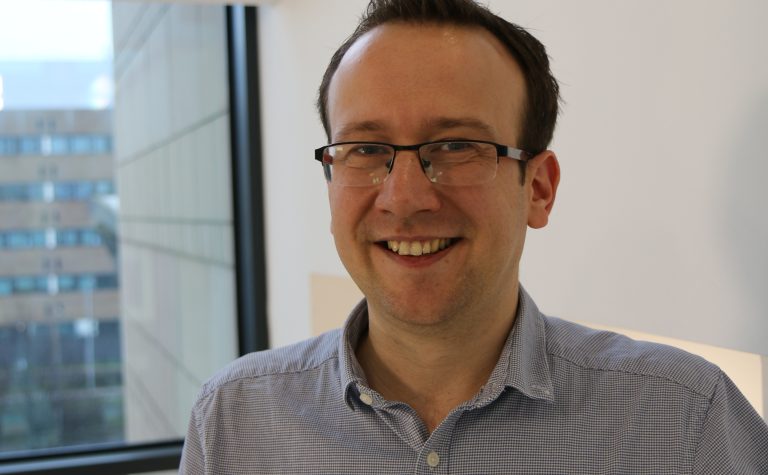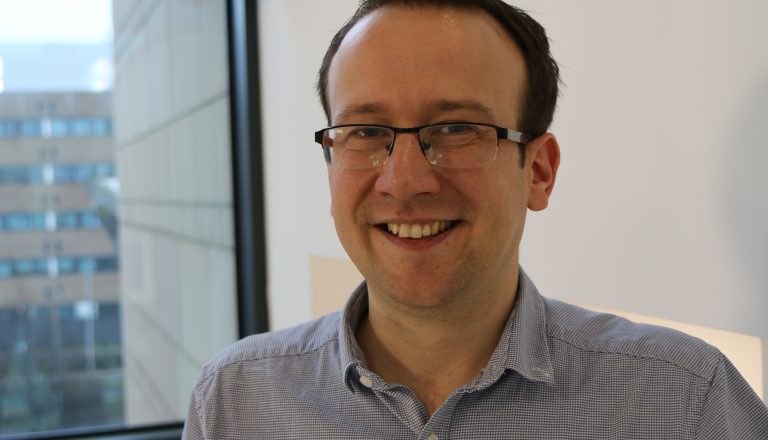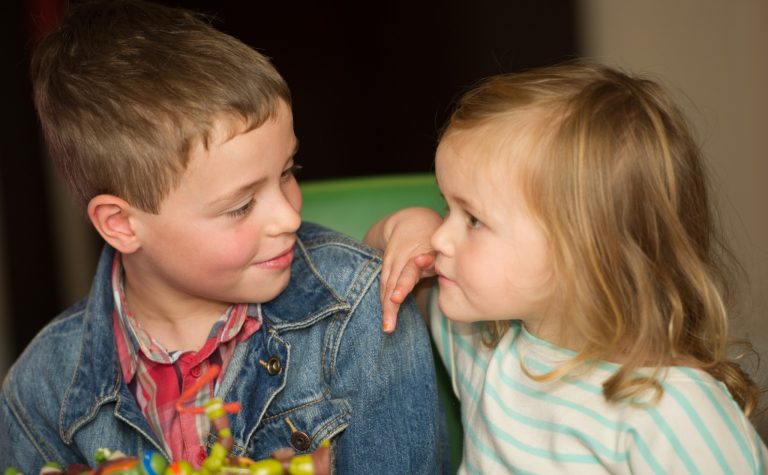Overview
Treatments for a type of childhood brain tumour called ependymoma have improved very little in 20 years. In half of children, ependymoma comes back after the first treatment, following this outcomes are dismal: only 1 in 4 patients survive for more than 5 years.
In the last 10 years, we have seen an amazing improvement in our knowledge of the way cancers grow, including a better understanding of tiny components within tumour (or cancer) cells called molecules. These molecules include DNA (the building blocks of life), and proteins. The study of these molecules is known as molecular biology. We want to apply this emerging knowledge to ependymoma.
Understanding the molecular biology of ependymoma will give us information about how a particular tumour might behave, for example do we need to give more intensive treatment for a tumour at higher risk of coming back, or could we give less treatment to reduce side effects whilst still effectively treating the tumour?
To deliver better treatments for ependymoma, we need to make links between molecular biology and patient survival, so that we can recommend which patients should have which treatments, and to design better research led clinical trials in the future.
We are therefore aiming to use advanced scientific techniques for analysing the molecular biology of ependymoma and linking these results with the treatment and survival data collected as part of a large, European study (called a clinical trial) which is currently testing the best ways of treating children and young people with ependymoma. The full name of the clinical trial is SIOP Ependymoma II.
Through linking the molecular biology with the clinical trial, we will:
– Answer questions posed by researchers, in a bigger and better understood group of patients (the clinical trial patients);
– Answer important questions about what makes ependymoma come back again after treatment (relapse);
– Identify tumours at higher risk of relapse and treat them more intensively as well as identifying tumours for which less intense, but curative treatment might be possible.
– Investigate better ways to detect ependymoma by examining the fluid that surrounds the brain and spine.




